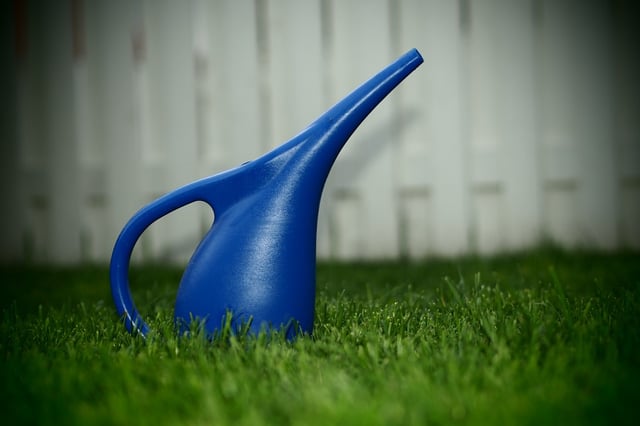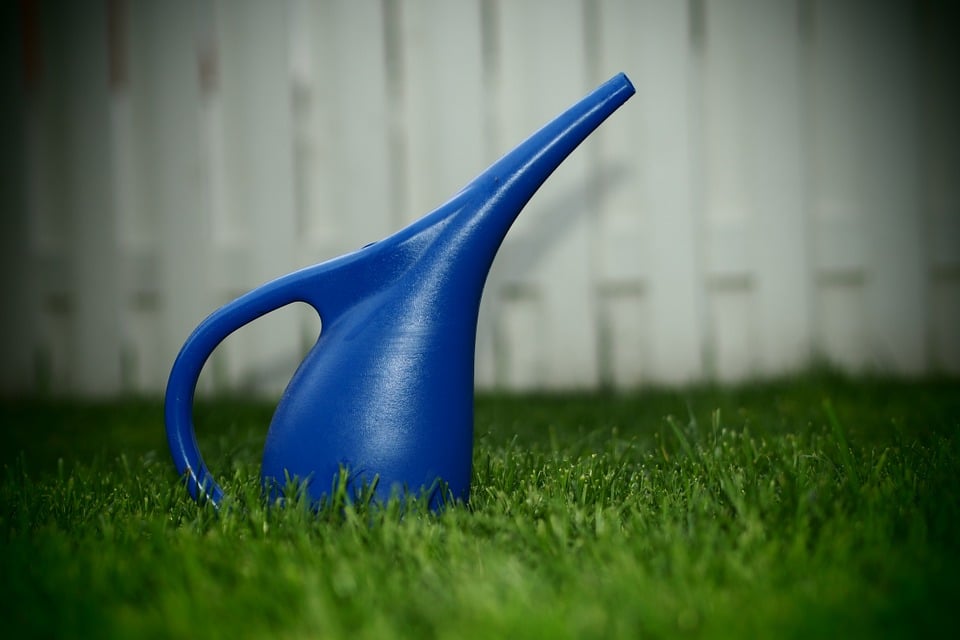
It goes without saying, water is one of, if not the most important requirement the lawn depends on to maintain healthy growth. Without adequate water the lawn will become drought stressed and die. Many factors need to be taken into consideration when determining the lawns water requirements. As a general rule, most turfgrass species require about 1” of water each week to maintain healthy growth.
Cool favourable temperatures and natural precipitation are generally common during the Spring in most areas. This can reduce the lawns requirement for extra water when conditions like this persist. If and when the lawn requires water during spring we want to be prepared for it. Many homes have in-ground irrigation systems that are programmed to automatically water the lawn. These systems should be powered on and ready for use even in the spring.
General Lawn Watering Tips
There are several important guidelines to remember when watering a lawn. Although it may appear as easy as turning the water on and walking away, effective watering is a bit of an art. Keep in mind some basic recommendations that can be helpful and ensure effective watering is taking place.
Apply 1 Inch
Only water when the grass needs it. Most grass species require about 1 inch of water each week to sustain healthy growth. Water 1 or 2 times each week depending on soil conditions.
Deep and Infrequent
Watering deep and infrequent encourages grass roots to grow deeper into the soil. Deeper roots allow plants to better survive stressful periods as the top surface of soil begins to dry out. Light frequent watering promotes shallow rooting and leaves the plants susceptible to drought conditions.
Water Early In The Morning
Watering before the sun comes up is the most ideal time. Watering at night leaves the grass plant moist for an extended period of time and susceptible to harmful diseases. Avoid watering during the day as this increases the risk of excessive evaporation.
Increase Frequency
Adjust the watering schedule throughout the season, especially when the lawn is most actively growing. If weather conditions become extreme and drought pressures exist more frequent applications will be required.
Water Evenly
Sprinklers can do a very effective job supplementing the lawn with water in between natural rainfalls. placing and pointing sprinklers in the wrong area and direction can be very ineffective if the lawn is not watered evenly. Randomly placing rain gauges or empty tuna cans across the lawn can help you measure and ensure each area receives equal water.
Avoid Overwatering
Only replace the amount of water that was lost by the plant. overwatering does more than just run up water bills and deplete water supply. Grass plants become weak and more susceptible to insect and disease pressures.
Hand Water
Many lawns have problem areas that require more water than the rest of the lawn. Watering these areas by hand with supplemental water may be required.






